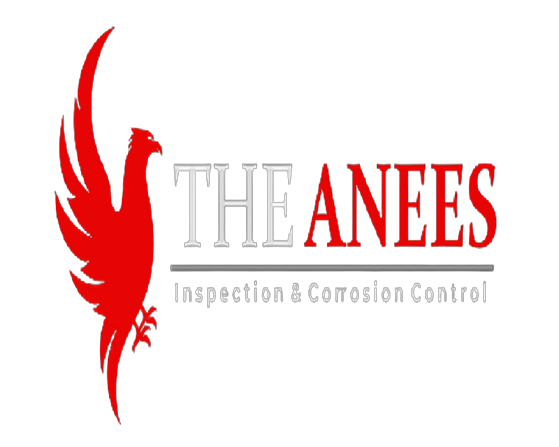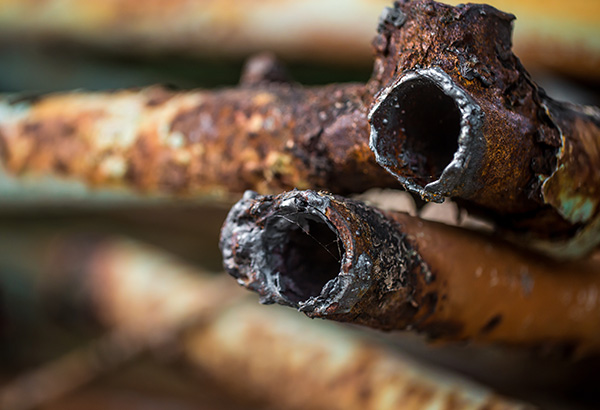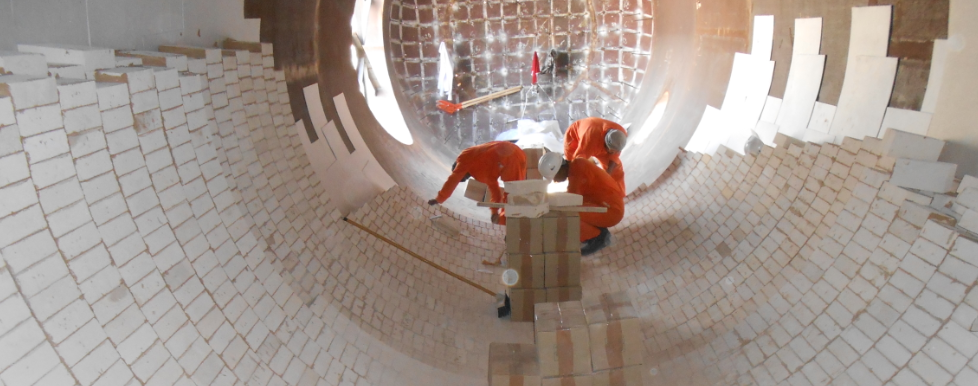Before we get into the meat of the matter, we’ve tried to provide some quick definitions of the terms “inspection” and “risk-based-inspection,” as defined by API-580 RBI. API RP 580 was originally published in 2002, and the most recent 3rd Edition was released in February of 2016. Inspections are actions that are carried out to ensure that materials, fabrications, erections, examinations, testing, repairs, and other data related to the equipment comply with applicable codes, engineering, and the owner-user’s documented procedure requirements. The second item is RBI, which is a risk assessment and management procedure centered on the loss of containment of pressurized equipment in processing facilities due to material deterioration, and these risks are primarily controlled through equipment inspection. The benefits of RBI are to maintain the mechanical integrity of pressure equipment items and minimize the risk of loss of containment due to deterioration.
What exactly is risk, and how do you calculate it?
Risk is defined as the probability of an event occurring during a specified time period, as well as the repercussions of that event. The following equation can be used to calculate risk:
Risk = probability x consequences.
Effective risk assessment should be a rational, logical, and systematic risk assessment approach that includes at least two critical steps:
- Determine the severity of the threat.
- Assess whether the danger is tolerable.
Once the risk is known and the magnitude of the risk is established, the risk can be managed.
What are calendar-based, condition-based, and risk-based inspections?
Inspection of an object at a specified time interval, such as once a week, once a month, or once a year, is referred to as a calendar-based inspection. Intervals and due dates for inspections have altered over time. Organizations initially used time-based or calendar-based inspection intervals or due dates to monitor equipment integrity on a regular basis.
With advances in inspection approaches, inspection intervals and due dates have grown more based on the equipment’s state, rather than what would have been an arbitrary calendar date. Condition-based inspection methodologies improved and a greater understanding of the nature and rate of deterioration emerged.
RBI represents the next generation of inspection approaches and interval/due date setting, recognizing that the ultimate goal of inspection is the safety and reliability of operating facilities. As a risk-based approach, RBI focuses on the equipment and associated damage processes that pose the most danger to the facility.








